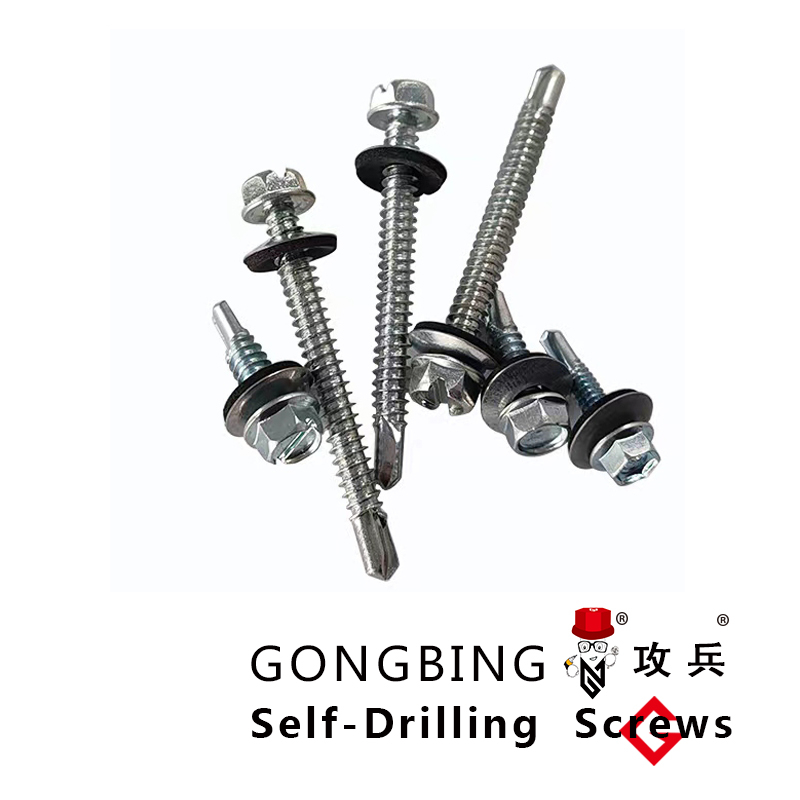chemical anchor
The Role and Importance of Chemical Anchors in Modern Construction
Chemical anchors have revolutionized the way we approach anchoring systems in construction and engineering applications. Unlike traditional mechanical anchors, which rely on physical expansion within a substrate, chemical anchors utilize epoxy or other bonding agents to create a strong bond between the anchor and the material it is placed in. This innovative technology has opened up new possibilities for construction methods and has proven to be an essential tool in various applications.
What are Chemical Anchors?
Chemical anchors are essentially fasteners that are installed into drilled holes in concrete or other materials with the help of a chemical adhesive. The adhesive is typically delivered in a cartridge, which is injected into the drilled hole before inserting the anchor rod or bolt. Once the adhesive cures, it forms a robust bond that provides outstanding load-bearing characteristics. This method is particularly beneficial when anchoring into cracked or non-cracked concrete, where traditional anchor types may fail to achieve adequate holding strength.
Advantages of Chemical Anchors
1. Higher Load Capacities One of the main advantages of chemical anchors is their ability to sustain higher loads compared to mechanical anchors. Because they bond chemically to the substrate, they can effectively distribute weight and resist pull-out forces.
2. Versatility Chemical anchors can be used in various applications, whether it's securing steel structures, mounting machinery, or installing railings. They work well in both horizontal and vertical applications and can be used with different substrates, such as concrete, brick, or masonry.
3. Depth of Embedment Chemical anchors allow for deeper embedment compared to traditional anchors, which results in superior load-bearing capacity. This feature is especially useful in scenarios where shallow embedment would compromise structural integrity.
chemical anchor

4. Resistance to Environmental Factors Chemical anchors are designed to withstand adverse environmental conditions, including moisture and temperature fluctuations. Many products on the market are specifically engineered to be resistant to corrosion and chemical exposure, making them ideal for outdoor use or in harsh industrial environments.
5. Installation Flexibility The ease of installation is another significant advantage. Chemical anchors can often be installed in overhead and hard-to-reach locations where traditional mechanical anchors might be challenging to use. Furthermore, the curing time can often be adjusted according to the specific adhesive used, allowing for tailored project timelines.
Applications in Construction
The use of chemical anchors is prevalent in sectors such as civil engineering, manufacturing, and infrastructure development. For instance, bridge construction and repair often utilize chemical anchoring systems to ensure structural integrity while accommodating changing conditions. Similarly, in building renovations, chemical anchors are used to secure fixtures, partitions, and additional load-bearing elements with confidence.
In addition, the versatility of chemical anchors enables their application in residential settings, where they can be used to install heavy shelves, cabinets, and other fixtures that require secure mounting. The ability to adapt to various types of materials ensures that chemical anchors are a go-to choice for contractors and DIY enthusiasts alike.
Conclusion
In conclusion, chemical anchors are an indispensable component of modern construction and engineering. Their superior load capacity, versatility, resistance to environmental factors, and installation flexibility make them a preferred choice for many applications. As technology continues to advance, we can expect even more innovative developments in the realm of chemical anchoring solutions, further enhancing their efficiency and effectiveness. Embracing this technology is not only beneficial for construction professionals but also essential for ensuring the safety and longevity of structures in an ever-evolving industry.
-
Weatherproof Plastic Expansion Anchors for OutdoorNewsJun.06,2025
-
Sustainability in the Supply Chain: Eco-Friendly TEK Screws ProductionNewsJun.06,2025
-
Load-Bearing Capacity of External Insulation FixingsNewsJun.06,2025
-
Double Head Bolts: Enhancing Efficiency in Industrial MachineryNewsJun.06,2025
-
Corrosion Resistance in Chipboard Screws: Coatings for Wholesale DurabilityNewsJun.06,2025
-
Butterfly Toggle Bolts : Enhancing Structural ResilienceNewsJun.06,2025
